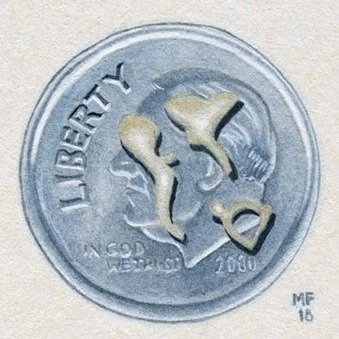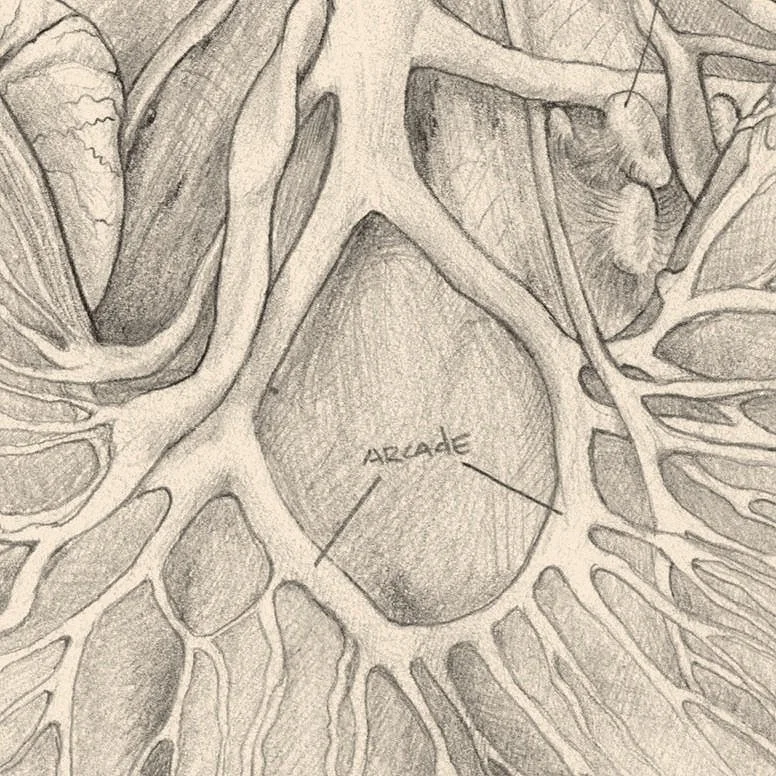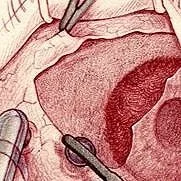some thoughts on the intersection of
art & science from a medical artist
Imagine embarking on a journey to discover your inner museum, a place where the inner beauty of yourself is showcased in all its complexity and wonder. As you wander through this personal exhibit, you begin to see anatomy differently, appreciating the intricate details and marvels of the human body. Each organ, cell… each system is a masterpiece. It reveals the extraordinary nature of what lies beneath the surface of us all, the remarkable story of your body’s inner workings.
Megan, 2024
-

Intricate Design
Just as a museum houses carefully curated exhibits, the human body is composed of intricately designed systems and structures, each with a specific purpose and function.
-

Diverse Exhibits
Museums showcase a variety of artifacts from different cultures and times, like how the body contains diverse organs and tissues, each contributing to the overall functionality and harmony.
-

Historical Storytelling
Museums often tell the stories of the past, and similarly, the human body bears the marks of its own history through scars, wrinkles, and genetic traits passed down through generations.
-

Art & Aesthetics
The beauty and aesthetics found in a museum can be likened to the natural beauty of the human body, from the complexity of the eye to the elegance of the skeletal structure.
-

Education & Discovery
Just as museums are places of learning and discovery, studying the human body reveals insights into biology, health, and the nature of life itself.
-

Preservation & Care
Museums take great care to preserve their collections, much like how the body works to heal itself and maintain homeostasis to ensure long-term health and survival.
-

Dynamic & Evolving
Museums often update and change their exhibits, reflecting new discoveries and perspectives. Similarly, the human body is dynamic, constantly regenerating cells, adapting to new conditions, and evolving over time.
-

Cultural Significance
Museums preserve and showcase cultural heritage, while the human body reflects cultural practices and traditions through expressions, clothing, and body art – highlighting the interconnectedness of the body and its context.
All images on this page were drawn by Megan Foldenauer over the course of their career.

